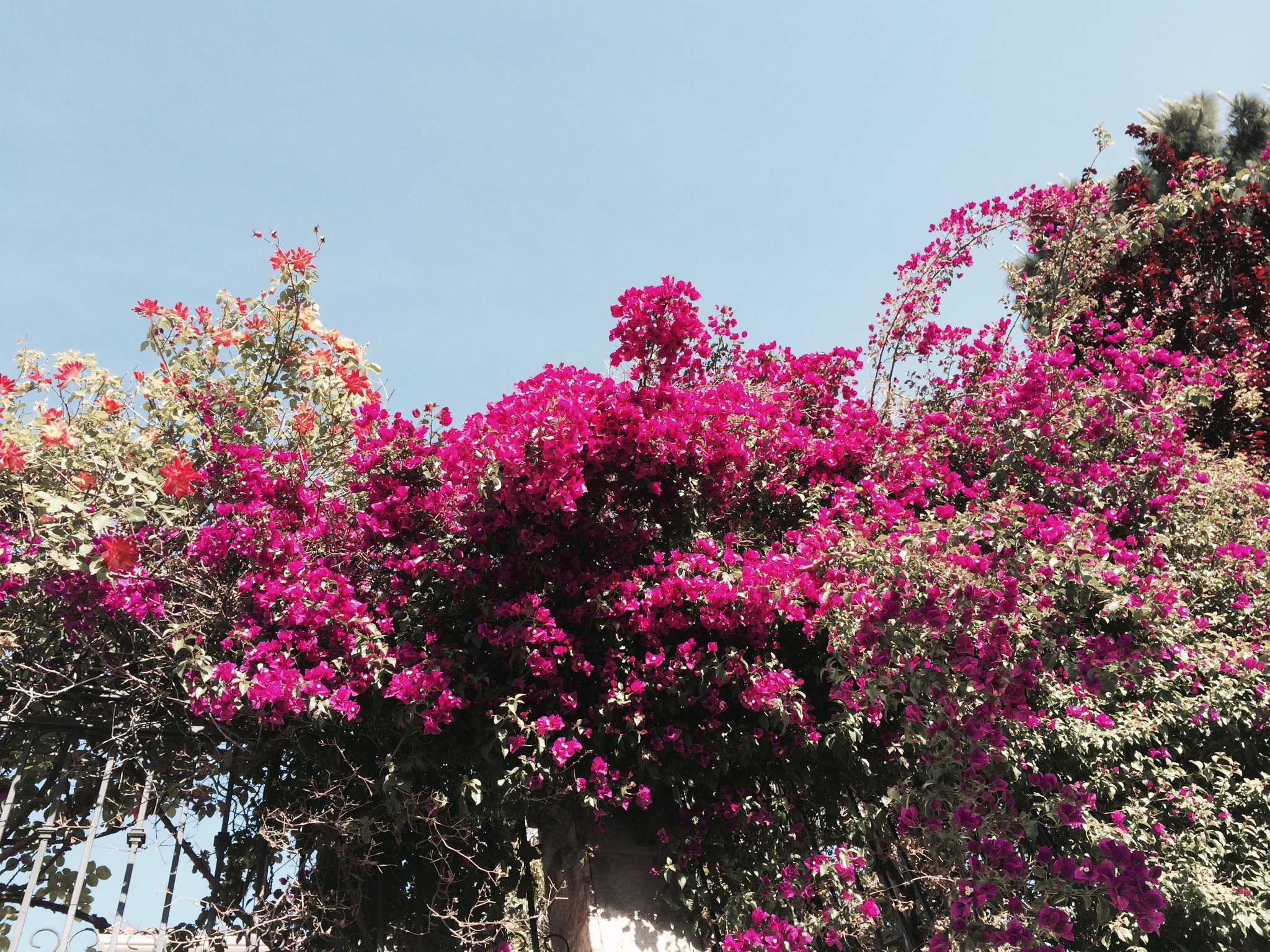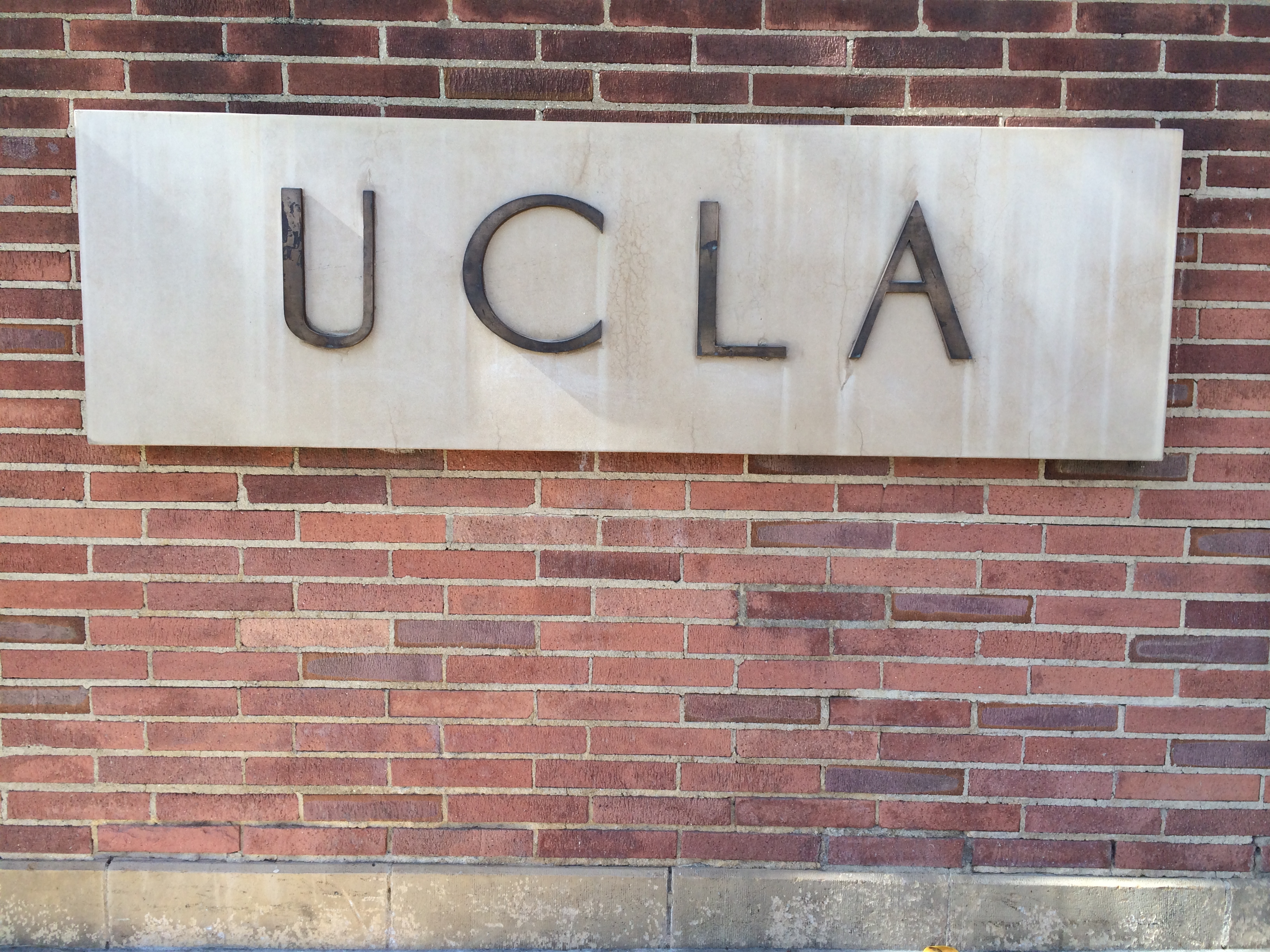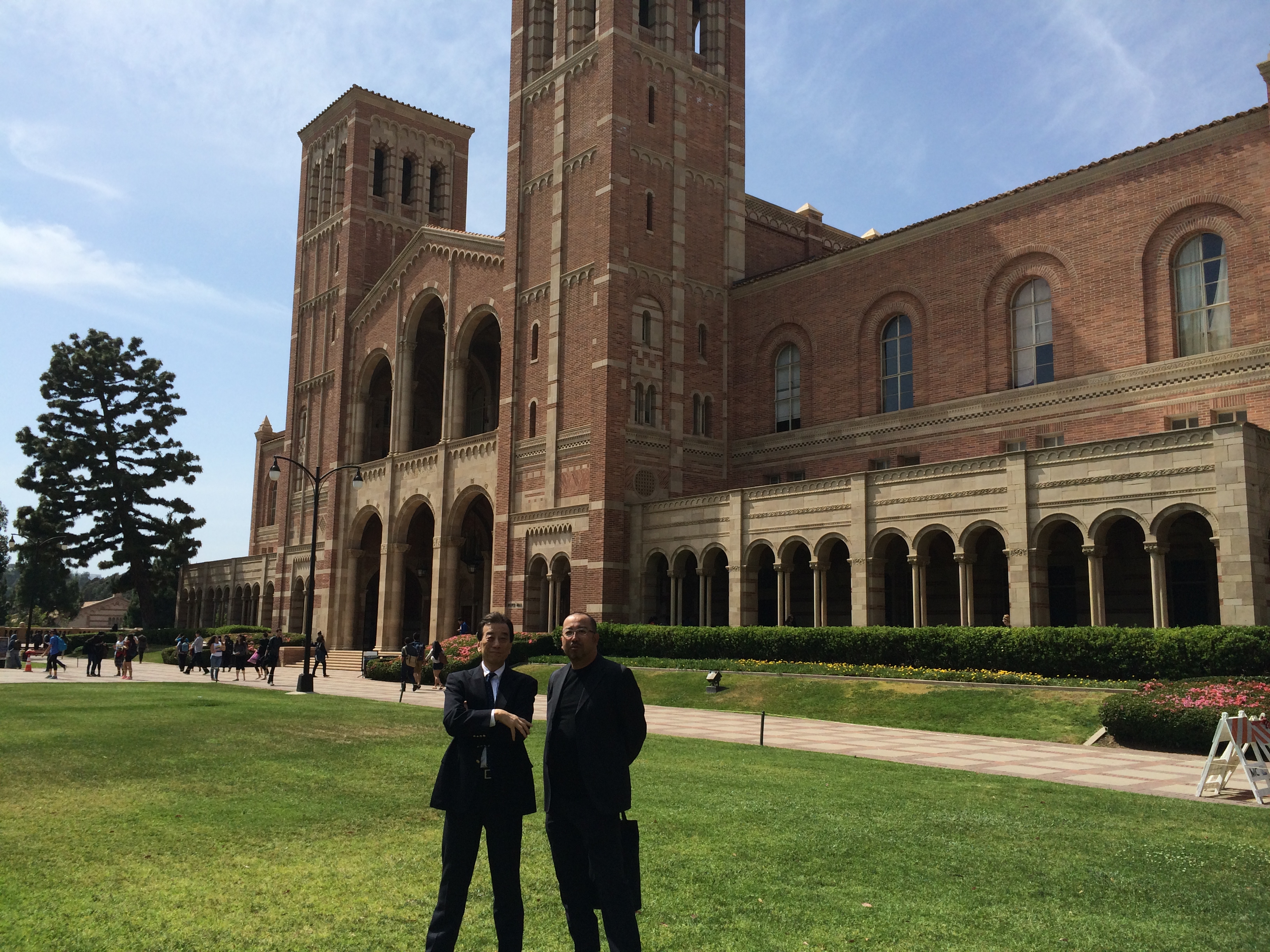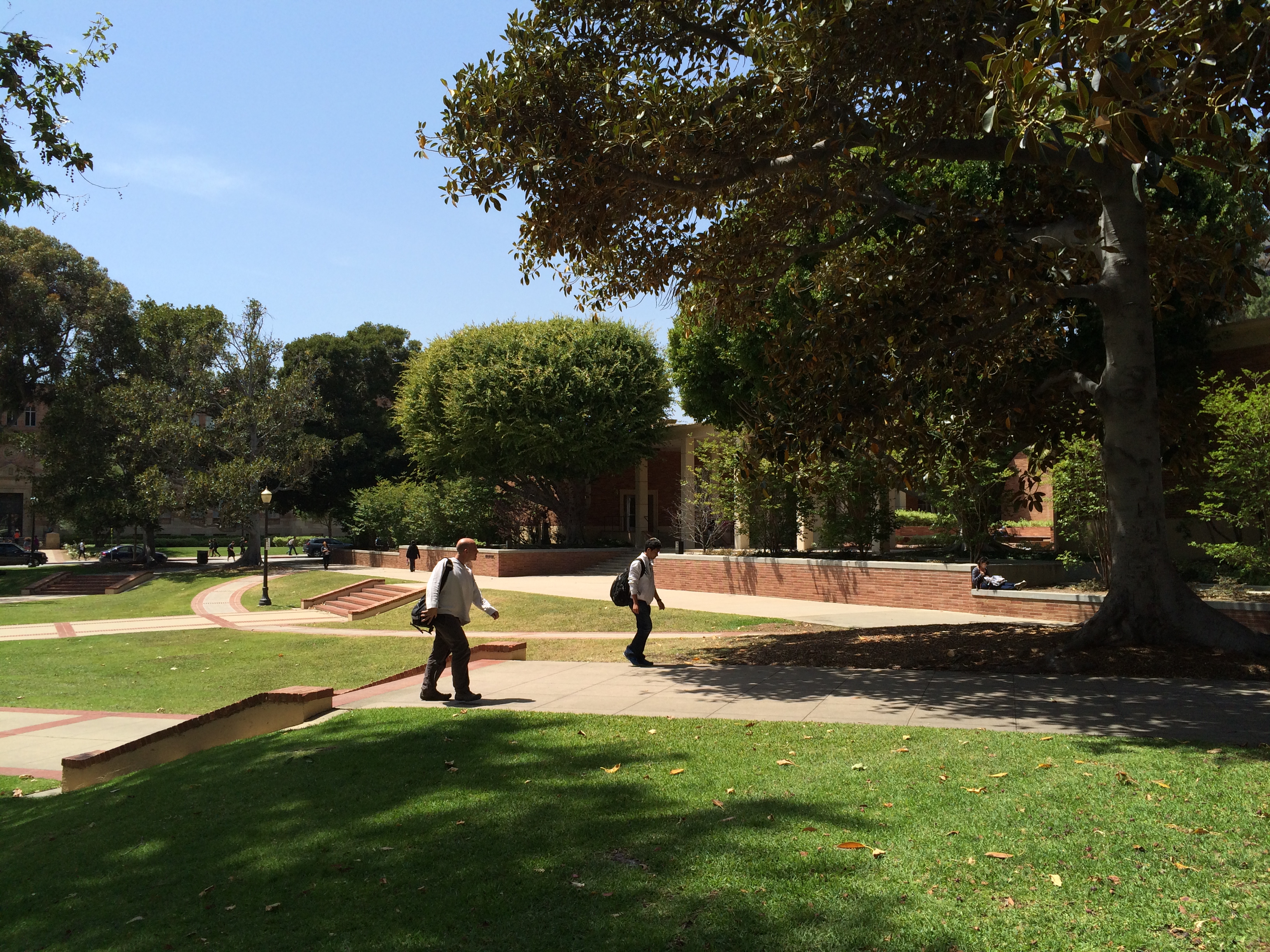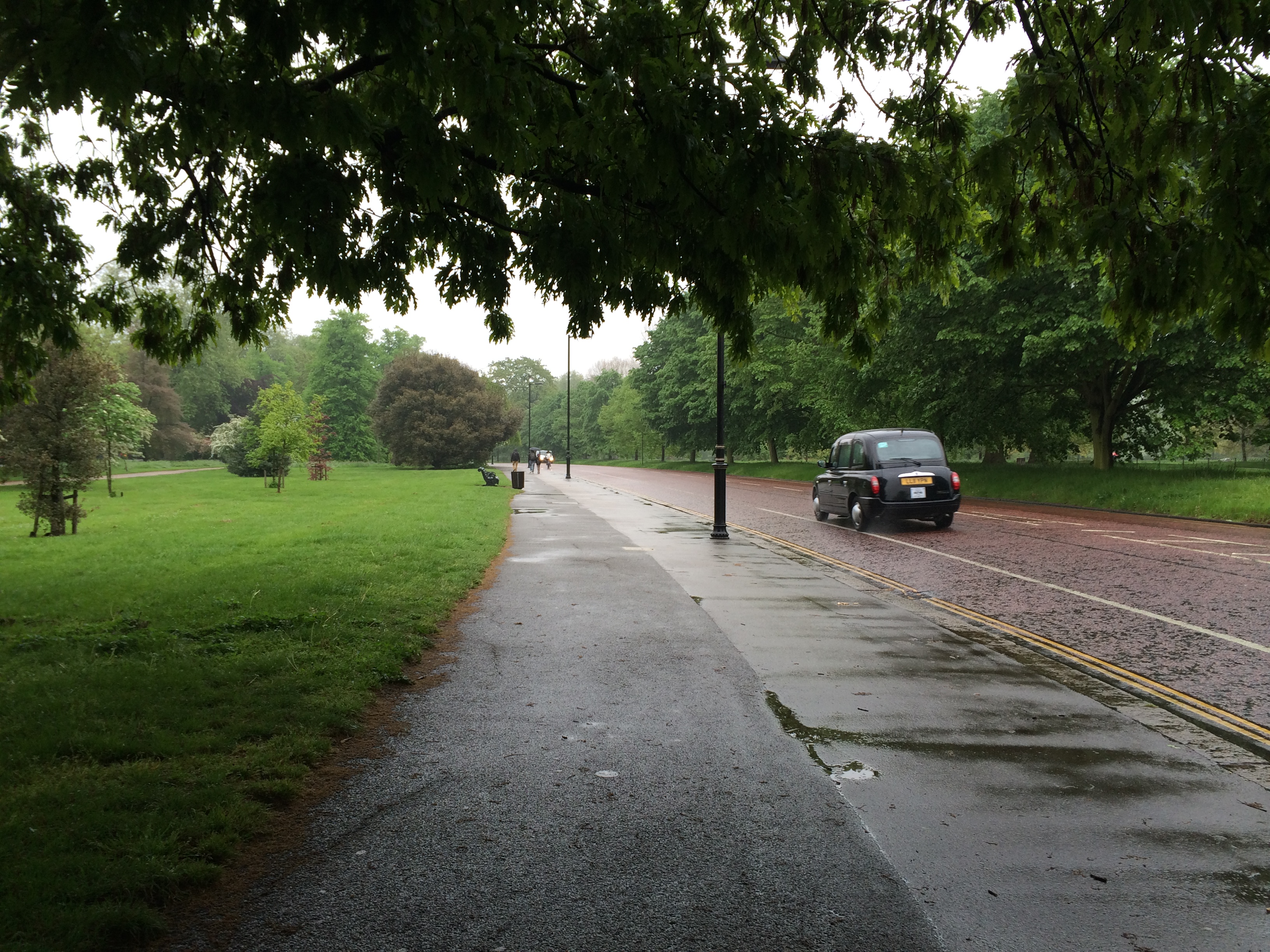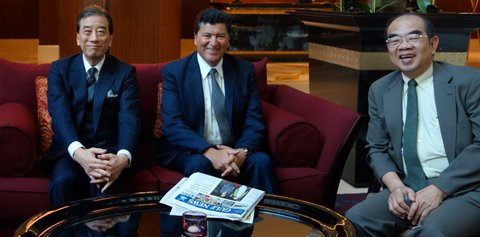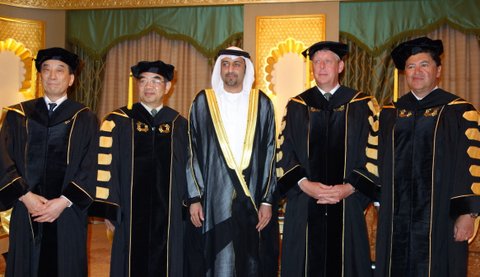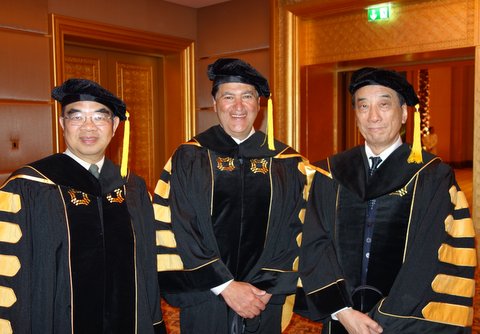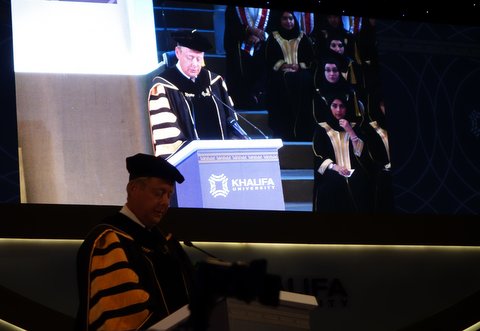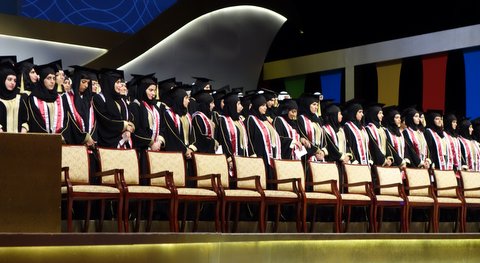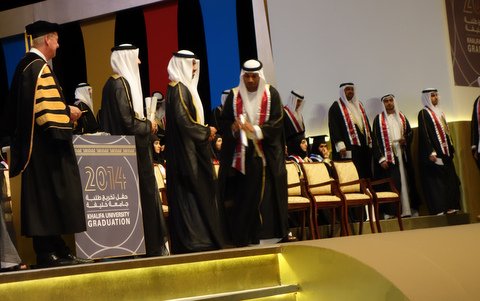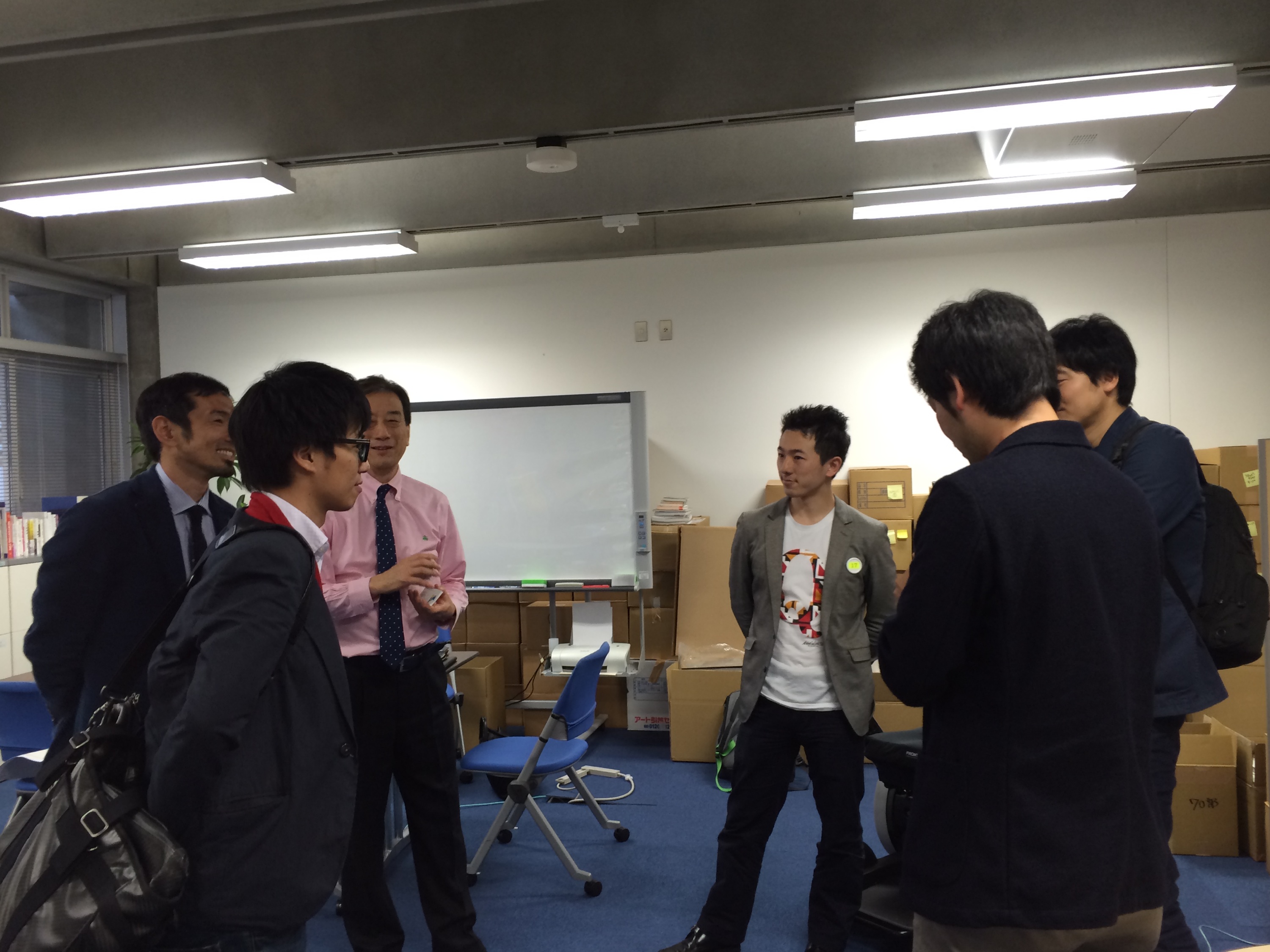→Japanese
Last December, the UK government set up the ‘G8 Dementia Summit.’ Considering the increasing ageing population in many countries, dementia is a world wide problem. Many people must have experienced this personally through their families. Japan is one of the most ‘advanced’ countries in the world regarding this issue.
I suddenly received a message from the British Embassy regarding the Dementia Summit. It was a request that I serve as a Council member on the Global Action Against Dementia, an organization independent from the UK government and central in leading the Dementia Summit on behalf of UK Government. They stated that they could not yet make public the identities of the other members but the first conference would be held on April 30th in London.
I had just returned from a trip to Abu Dhabi and the Kansai region of Japan but as it was possible to book a flight with Virgin Atlantic and a hotel via the Japanese Embassy in London, I departed Narita Airport on April 29th.
I arrived at the hotel around 5 P.M. When I went to check in, I was told, “your reservation was made for next week.” There must have been some mistake. After an hour, I was able to get a hold of someone at the Japanese Embassy and reach a solution. I would be able to stay at this hotel for one night and at a different hotel for the remaining two nights. What an ordeal. It had been a chaotic time at the Embassy due to Prime Minister Abe’s visit to London.
The following day, I had a meeting at the Foreign and Commonwealth Office. It is the largest governmental building in British Government and is called the FCO (in Japanese). Upon my entering the building, I almost ran into the person exiting. Looking up, we recognized each other. It was Sir David King. What a coincidence! I had just received an invitation for dinner a few week ago to see David King during his visit to the UK Embassy in Tokyo on May 8th but unfortunately had to decline due to my schedule. He is currently the ‘Special Envoy for Climate Change’ of the UK Government. I was genuinely surprised that such coincidences really occur.
The conference lasted around five hours. I had looked over many documents before coming to the meeting and it seemed that the main topic of discussion were the goals for 2025 and what we want to achieve this year. This should be posted on their website shortly.
Afterwards, I went to a meeting, was shown around in the Parliament, Big Ben, and then had a meeting with the Minister for Health, Jeremy Hunt for around half an hour.
The inside of the building exuded a sense of the long tradition of the British parliamentary system. Some elements of the structure reminded me of the Japanese Diet but it the made me feel the heavy weight of British history.
After returning to the hotel, I met with Dr. Sahara, who previously worked at the Health and Global Policy Institute. We walked around nearby Queensway and stopped by a pub and restaurant, where I listened to him talk about his current studies at a fine arts school in London (it is a four year program) and enjoyed the sunny afternoon in London.
It was a very fulfilling day.
